Snippet
Imagine the future of scuba diving! From augmented reality masks to AI-powered dive computers, upcoming innovations are set to make diving safer and more immersive. Imagine fins adapting to water currents or smart heated wetsuits adjusting to temperature—transforming each dive into an unforgettable adventure!
Scuba diving has always been a combination of adventure and innovation, with new technologies constantly pushing the limits of what’s possible underwater. In recent decades, we’ve seen more reliable dive computers, lighter and higher-performance gear, and increased diver safety.
But what does the future hold?
In this article, we explore five potential technological innovations that could transform how we dive in the coming years. As Steve Jobs once said, “Innovation distinguishes a leader from a follower.” In the world of scuba diving, staying one step ahead can make the difference between an ordinary experience and one that leaves a lasting impression.
1. Augmented Reality (AR) diving masks
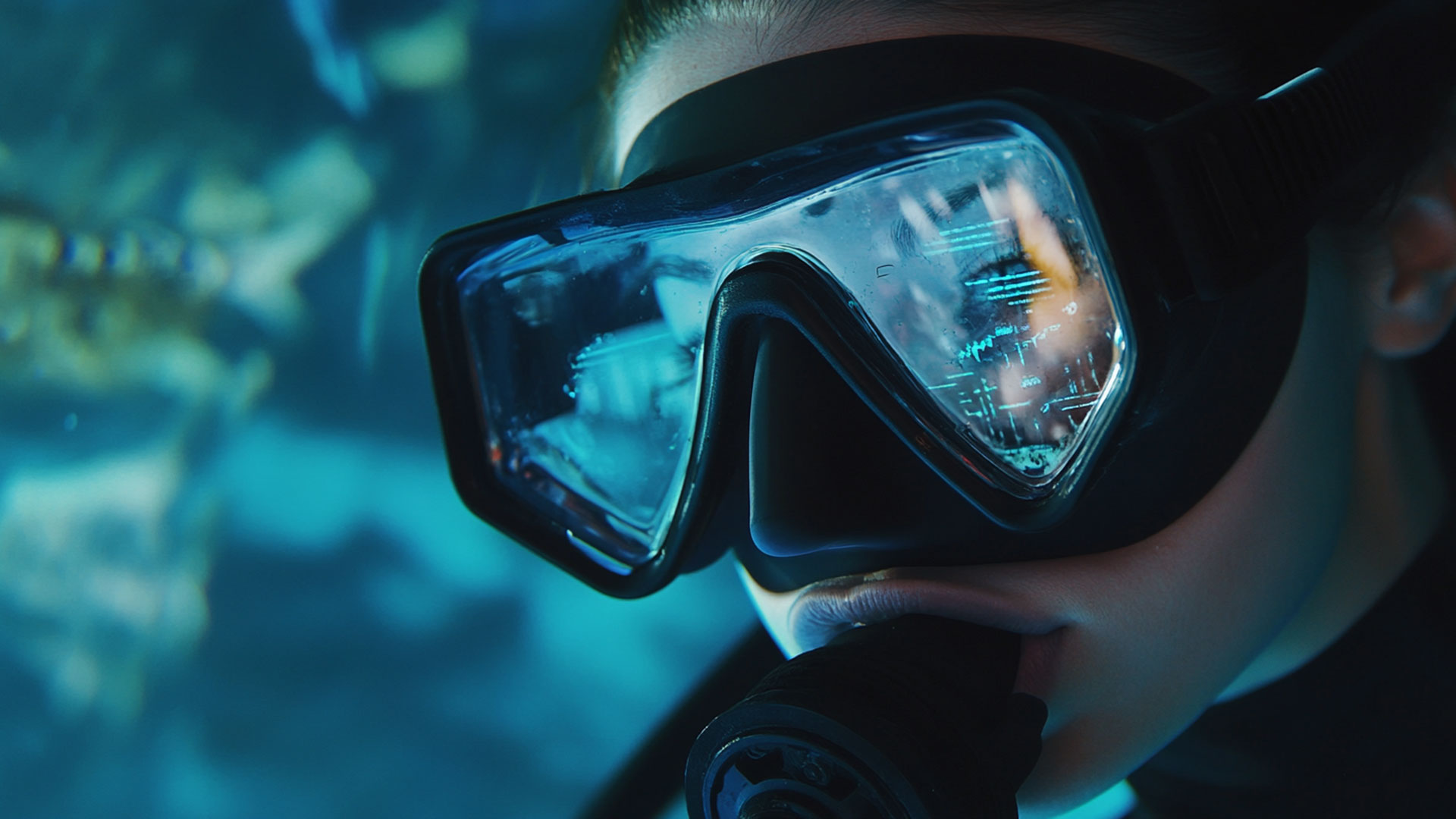
Imagine diving with all critical information projected directly onto your mask, eliminating the need to glance at your wrist computer. Beyond data like depth, dive time, and remaining air, you could receive real-time information, such as details about a fish you’re observing or the history of a wreck you’re exploring. AR masks promise to be one of the most exciting revolutions in the diving world. These advanced devices wouldn’t just display vital data; they could also show interactive maps, underwater landmarks, and even track your dive buddies, making the experience safer and more engaging than ever. For technical divers, often navigating complex environments like caves or wrecks, this innovation would significantly reduce risks, allowing them to focus more on the dive and less on equipment.
2. AI-enabled dive computers
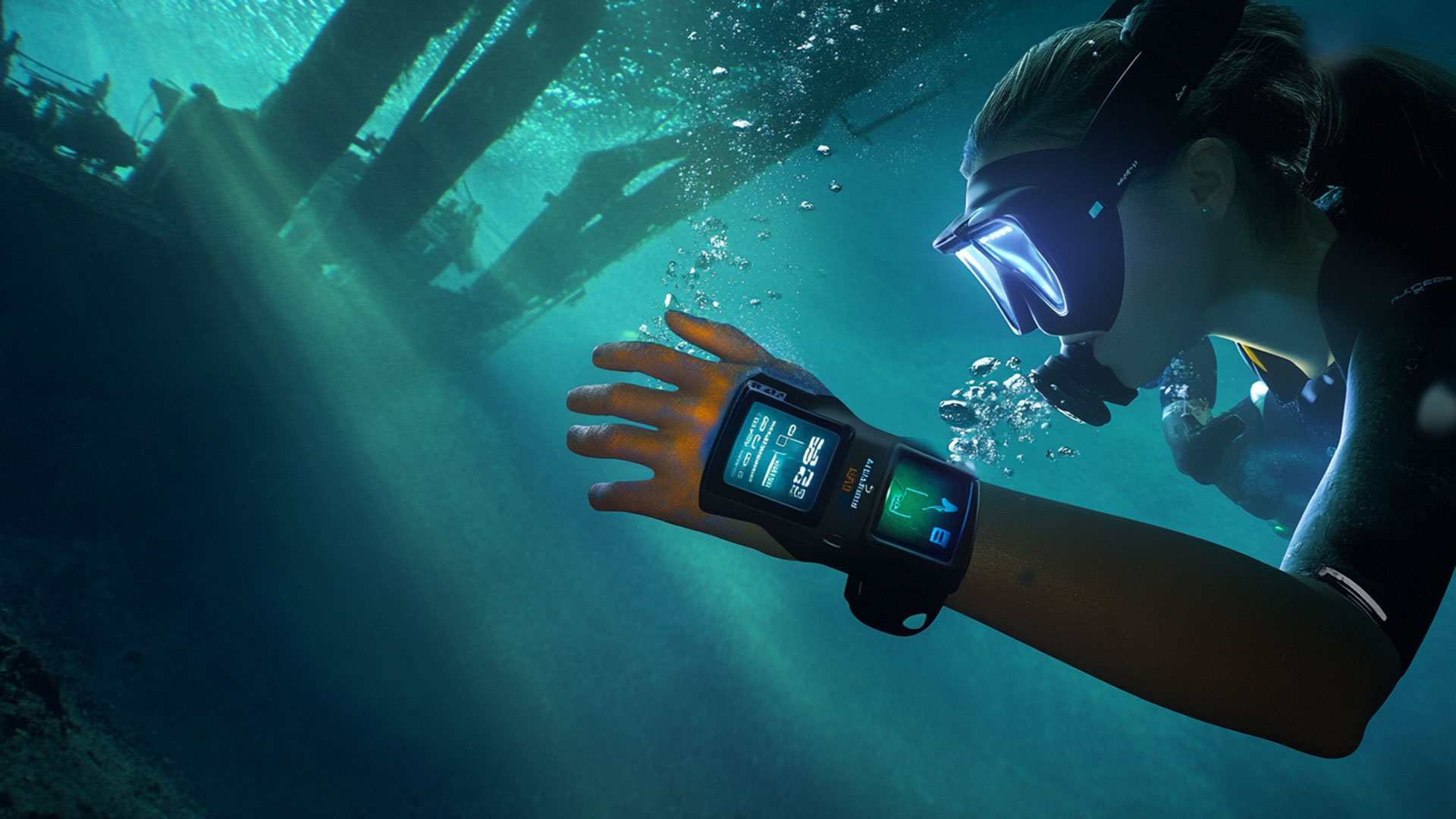
Next-generation dive computers could integrate artificial intelligence to monitor and adjust dive data in real-time. Beyond air consumption and depth, these computers might track physical metrics like heart rate, suggesting dive plan changes or safety stops as needed. AI could even help identify potential risks before they become critical, such as predicting air depletion times or calculating safer decompression levels based on individual and environmental conditions.
3. Adaptable fins based on effort
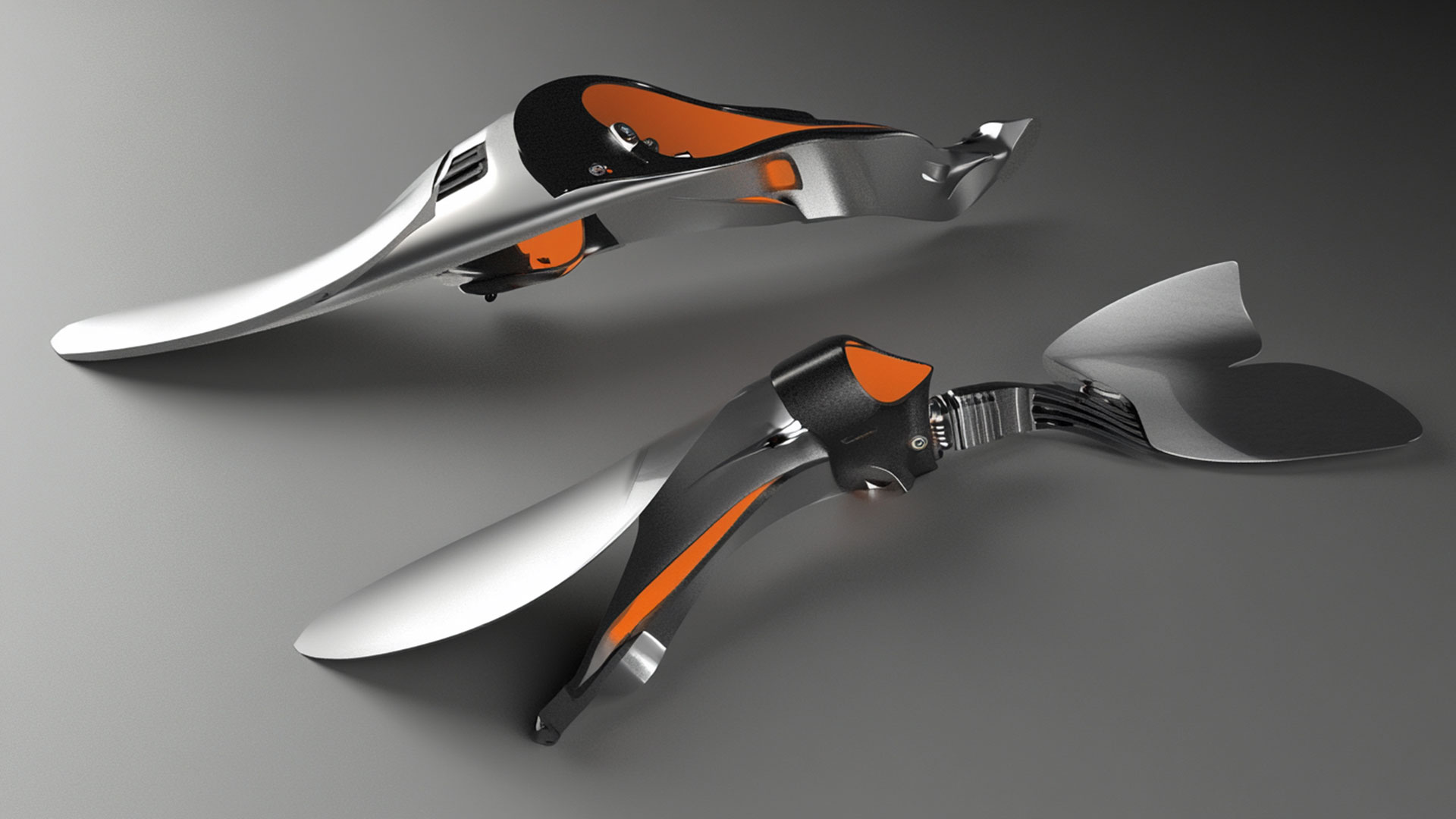
One of the most intriguing innovations is the concept of fins that extend based on required effort. These fins might use smart materials or advanced technologies to adjust to water resistance or diver effort. In strong currents or deep dives, they could automatically extend or stiffen, increasing surface area and improving thrust. Conversely, in more relaxed settings, they might shorten to facilitate lighter, fluid movements, reducing muscle strain and enhancing control. This technology would revolutionize diving efficiency, enabling energy conservation and optimizing thrust based on current conditions.
4. Heated wetsuits with smart thermal management
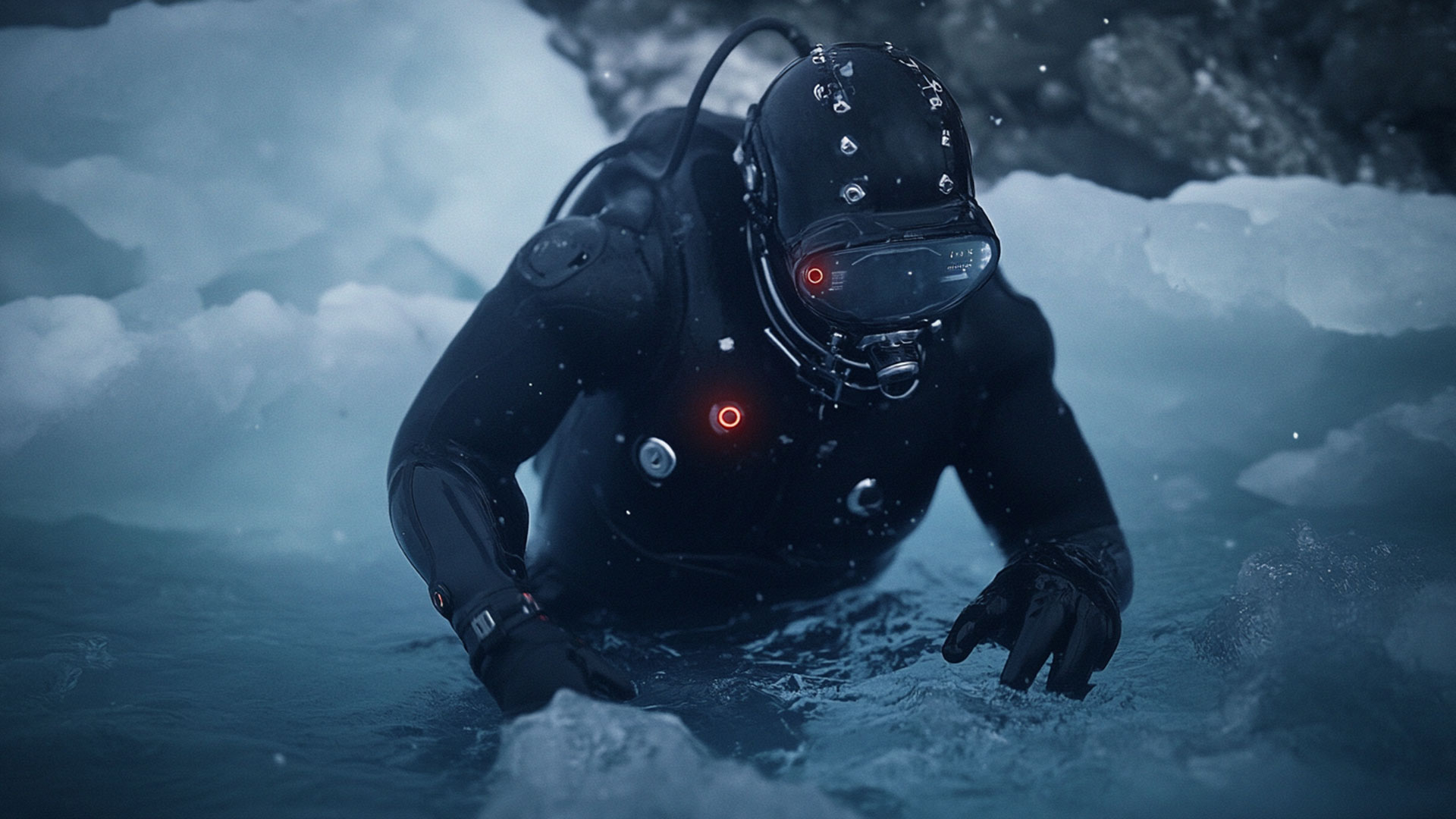
Diving in cold water demands effective thermal management. Heated wetsuits or undergarments already exist, but the future could bring intelligent systems that automatically regulate the diver’s body temperature. Built-in sensors could detect external and internal temperatures, adjusting heat as needed to ensure maximum comfort and safety. This technology wouldn’t just enhance diving in extreme climates but could also reduce hypothermia risks, making previously challenging dive destinations accessible to more divers.
5. Next-generation rebreathers
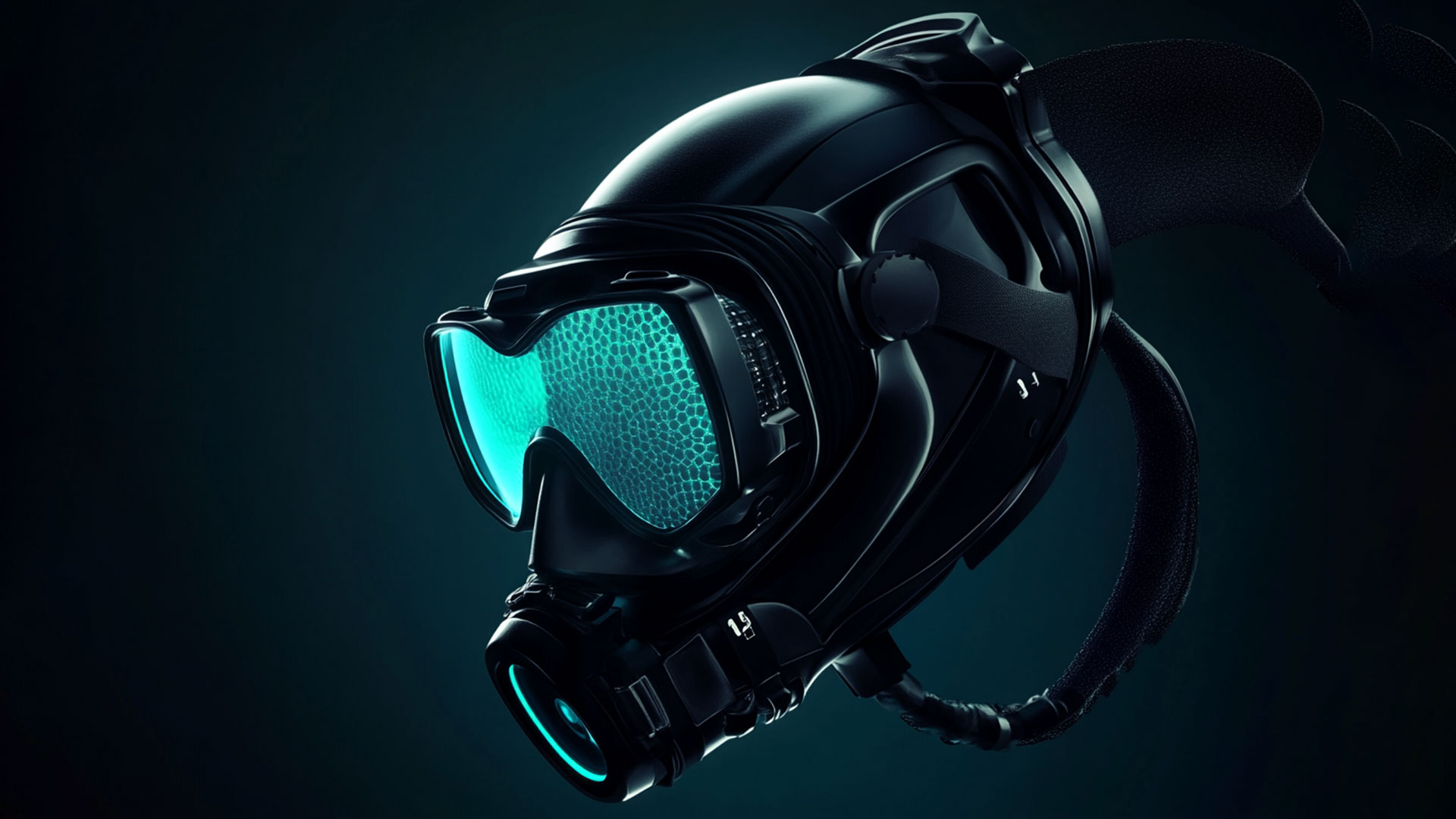
Rebreathers, devices that recycle exhaled air to extend dive time, have seen significant improvements in recent years. However, the next generation of rebreathers could become even more compact and safer, with automated systems capable of adjusting gas flow according to the diver’s metabolism. This would mean longer dives with fewer air consumption concerns. Imagine exploring uncharted depths for hours without constantly managing gas levels—a true revolution.
So… what does the future hold for us, scuba divers?
The future of diving is full of possibilities, and these innovations remind us of the importance of innovation in every field. The combination of advanced technology and innovative design won’t just make diving safer but will also offer increasingly rich and rewarding experiences.
If there’s one thing the diving world teaches us, it’s that we never stop learning and exploring. Innovations allow us to push our limits further, both above and below water. This technological evolution, aside from being fascinating, could mark a significant step toward increasingly intelligent and practical advancements. Real-time data integration in masks would be more than a stylish or standalone innovation; it could be a powerful tool to enhance diver safety and efficiency. Imagine how useful it would be to have a system that not only shows vital information but alerts you when approaching a dangerous area or suggests the best direction back to the boat in an emergency.
Smart developments in this field aim to make the experience not just more immersive but also safer and more informed. These innovations would make diving more enjoyable and help divers make quick, informed decisions, enhancing their control over the surrounding environment. Technology wouldn’t only expand our horizons; it would accompany us at every stage of the dive, creating a future where diving becomes an increasingly safe, accessible, and above all, intelligent experience.
And you, what innovations would you like to see in the world of diving?
